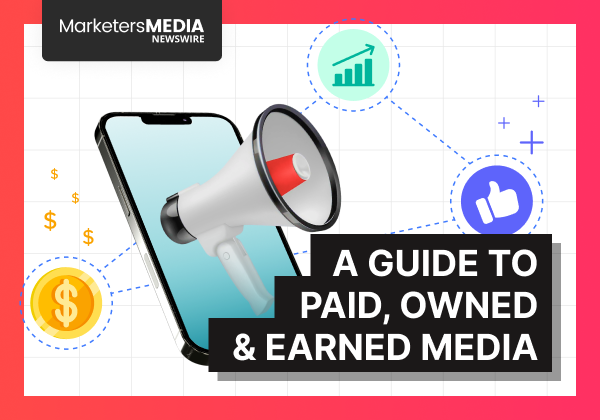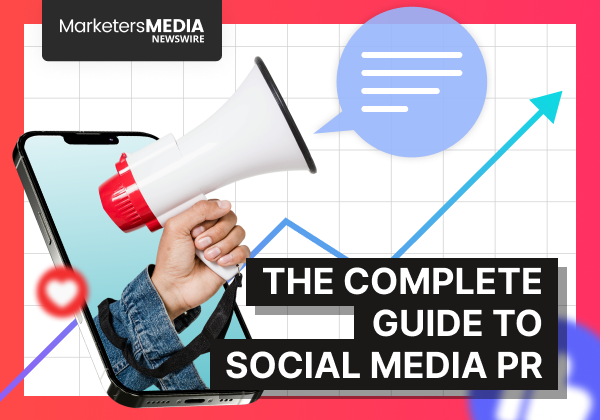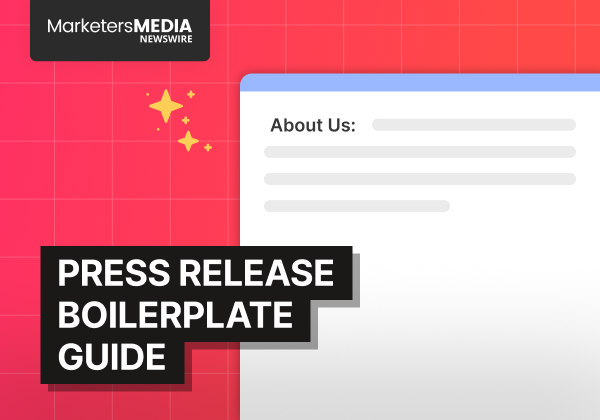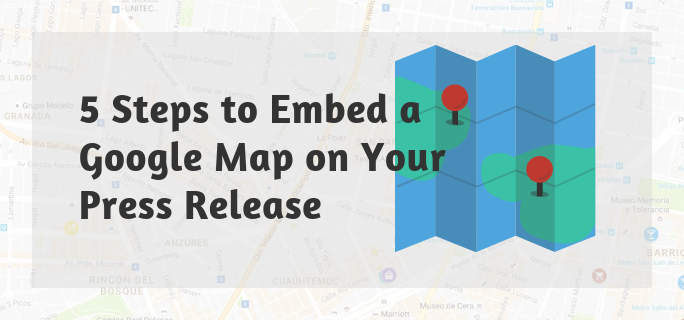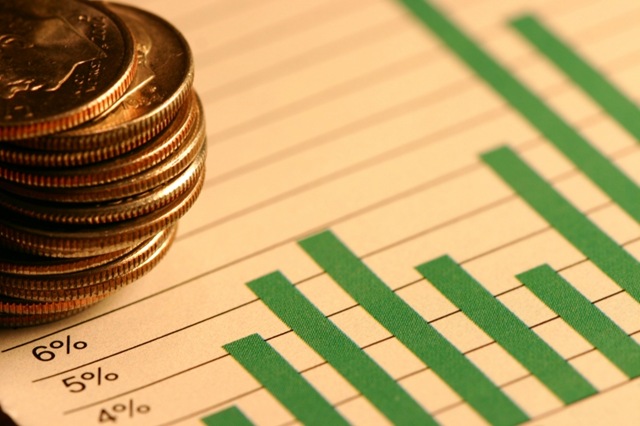Many brands treat their marketing channels like separate islands. Ads, blogs, and PR often run independently, managed by different teams with different goals.
That approach wastes budget and misses opportunities.
The key is understanding that Paid, Owned, and Earned media are not meant to work alone. They’re designed to amplify each other.
When you understand how they interact, you can replace scattered tactics with a cohesive system that compounds results over time.
What Are Paid, Owned, and Earned Media?
Think of these three channels as the backbone of every communication strategy.
Their strength doesn’t come from one channel alone but from how they complement each other. Each fills the gaps the others leave behind.
Owned Media: Your Digital Home Base
Owned media refers to the digital assets you control — your website, blog, app, or email list.
The investment lies in creating and maintaining content that builds value over time. It might grow slowly, but it lasts.
Owned media establishes authority, anchors your messaging, and serves as the central hub for everything else you do.
Without it, paid ads have nowhere to send traffic, and earned mentions can’t turn attention into relationships.
Paid Media: The Amplifier
Paid media guarantees reach and instant visibility. You buy placement — such as Google Ads, sponsored content, or social media ads — and control the message, timing, and targeting.
It’s the fastest way to reach your audience.
The downside? When you stop paying, visibility stops too. But paid media scales quickly. Increase the budget, and reach grows almost instantly. Every impression and click costs money, but the trade-off is speed and precision.
Earned Media: The Credibility Builder
Earned media is exposure you don’t pay for or control — press coverage, reviews, or backlinks.
It’s trusted because it comes from independent voices. The investment is indirect, focusing on creating newsworthy stories and building the right relationships.
Earned media is compelling during the decision stage. It often becomes the final influence that converts interest into action.
If you’re looking to get more media coverage, focus on creating stories journalists actually want to share.
💡 The PESO model builds on this concept by adding “Shared” media as a fourth pillar. Discover the complete PESO framework here.
How POE Media Works Together (The Synergy)
The true strength of media strategy lies not in a single channel, but in its synergy, where each compensates for the others' weaknesses.
This concept reflects the foundation of integrated marketing communication, where every channel supports the same message for maximum impact.
- Owned media gives you control but lacks reach.
- Paid media provides reach but struggles with credibility.
- Earned media brings trust but not predictability.
When you combine them strategically, each channel enhances the others.
Owned + Paid: Your paid ads drive targeted traffic to your owned properties. The blog post you spent weeks creating reaches thousands of potential customers through strategic ad placement.
Owned + Earned: High-quality owned content becomes the basis for earned coverage. Journalists cite your research, and industry peers link to your guides. These backlinks improve your SEO and bring in organic traffic.
Paid + Earned: You use paid budget to amplify earned mentions. That glowing review in TechCrunch? Promote it through sponsored posts. You're buying reach while borrowing credibility.
Each overlap creates a compounding effect that individual channels can’t achieve alone.
The POE Flywheel in Action
The process is self-reinforcing. Strong owned content attracts earned coverage, which improves visibility. Paid promotion accelerates the cycle, expanding your reach at every stage.
1. Owned: Publish an original research report on your company blog using proprietary data.
2. Earned: Journalists discover it and reference your findings in publications like Forbes and Business Insider. You gain press coverage and high-quality backlinks.
3. Paid: Run social media ads promoting the report to decision-makers who haven’t seen it yet.
4. Owned (again): The earned backlinks raise your domain authority, improving your rankings and drawing more organic traffic to your site.
Benefits of POE Integration
Once you stop treating these channels as separate and start managing them as a system, everything changes.
Build Assets Instead of Renting Attention
POE integration turns rented visibility into permanent equity. Owned content and earned backlinks continue driving results even when paid campaigns pause.
Credibility Multiplies
Paid media introduces your brand. Owned content proves your expertise. Earned media from trusted outlets validates it all. Together, they multiply credibility.
Reach People at Every Stage
POE ensures your message meets people at the right time — from initial awareness (Owned) to research and comparison (Paid) to final trust-building (Earned).
Marketing Becomes More Efficient
Integration makes every dollar go further. Owned content supports earned coverage, and paid campaigns amplify both.
Build Sustainable Competitive Advantages
Anyone can copy your ads, but they can’t replicate your years of high-ranking owned content or the authority that comes from consistent earned coverage.
Reduce Platform Dependency Risk
Diversifying your presence protects you from algorithm updates or sudden platform changes.
Get Better Data and Insights
When channels work together, you can see the bigger picture — like how earned media drives branded search or how paid traffic converts after reading an earned mention.
Common Challenges (And How to Fix Them)
Most companies understand the POE concept but struggle to execute it effectively.
1. Siloed Teams
Content, PR, and advertising teams often work independently with different KPIs.
The fix: Set shared goals and align campaign planning so everyone contributes to a single strategy.
2. Weak Owned Foundation
Brands sometimes spend heavily on ads that lead to mediocre websites or blogs that don’t convert.
The fix: Strengthen your owned content before scaling paid campaigns.
3. Misaligned Budgets and Expectations
- Earned media takes time — typically six to twelve months.
- Paid media delivers instantly but fades when spending stops.
- Owned content builds gradually and compounds over time.
A balanced mix works best: around 30–35% for owned, 40–50% for paid, and 15–20% for earned.
4. Ignoring the Intersections
Don’t measure each channel in isolation. Track how earned coverage increases website traffic or how promoting earned mentions through ads boosts engagement.
Making POE Work for Your Business
Integration is the line between scattered tactics and a compounding strategy. To make POE work, follow these four steps:
#1 Audit Your Efforts
Review your current campaigns. Find where the budget goes and spot isolated tactics that could work better together.
#2 Fix the Foundation
If your owned content isn’t valuable, everything else falls flat. Invest in high-quality, useful resources before ramping up other channels.
#3 Coordinate Campaigns
When launching a new product, plan your owned, paid, and earned efforts side by side. Each should reinforce the other from day one.
#4 Measure Holistically
Track the full picture — how channels interact and influence one another, not just their individual performance.
When done right, POE becomes the bridge between a strong PR and marketing strategy, helping brands stay visible and credible at every stage.
Accelerate Your Earned Media
The hardest part of POE is often earned media — getting journalists to notice your content quickly.
Newswire platforms help bridge that gap.
For example, a service like MarketersMEDIA Newswire distributes your content to relevant outlets, turning owned stories into earned coverage faster.
Use distribution strategically when you have something genuinely newsworthy with this press release writing guide.
Finally, amplify that earned coverage through paid channels by promoting the resulting articles and driving traffic back to your owned properties. The winning brands move from renting attention to building momentum by making their POE channels a unified system.
Frequently Asked Questions (FAQ)
Q: What's the difference between POE and PESO models?
A: POE covers Paid, Owned, and Earned media. PESO adds "Shared" as a fourth channel, specifically highlighting social media sharing and user-generated content that spreads organically. PESO provides a more detailed framework for modern social-first strategies.
Q: Which media type should I prioritize first?
A: Start with owned. Your website or blog acts as the foundation for everything else. Without quality owned content, paid ads have nowhere valuable to send traffic, and you have nothing compelling to pitch for earned coverage.
Q: How much should I budget for each channel?
A: Industry benchmarks suggest roughly 30-35% for owned content creation, 40-50% for paid amplification, and 15-20% for earned media efforts. Adjust based on your goals and timeline.
Q: Can small businesses compete using POE?
A: Yes. Many small businesses outperform larger competitors by creating valuable owned content and using limited paid budgets strategically.
Q: How long until POE integration shows results?
A: Paid delivers immediately. Owned builds over 3-6 months. Earned typically takes 6-12 months of consistent effort. The compounding effect—where all three channels start reinforcing each other—usually becomes evident around the 6-9 month mark.
Q: What's the biggest mistake brands make with POE?
A: Treating the channels as separate entities instead of an integrated system. Teams work in silos, optimize channels individually, and miss the compounding value that comes from strategic coordination.
Free Press Release Template
Tell us where to send your PDF:
